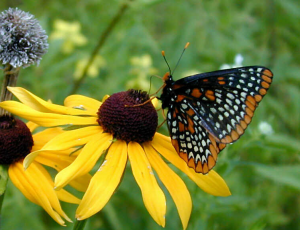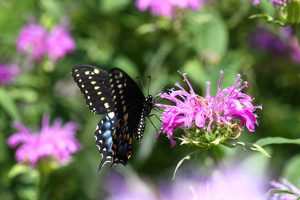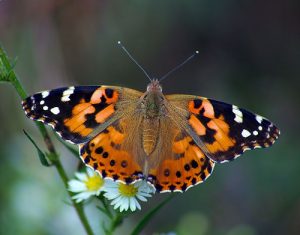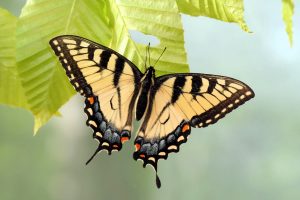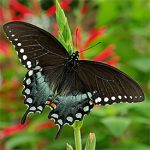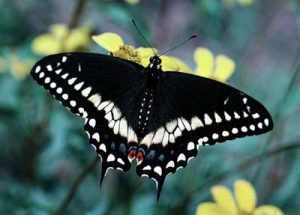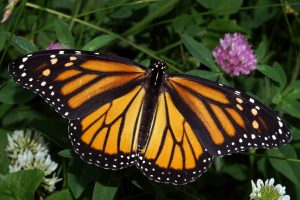Guests to Irvine over the past few months may have noticed a new structure being built right outside of our upstairs preschool classroom. After a long planning and preparation process, this will soon be our new native butterfly exhibit!
Why butterflies?
Not only are these insects colorful and captivating to the eye, they are also an important part of the health and success of our local ecosystems! Like bees and many other insects, butterflies and moths are pollinators–aiding in the growth and reproduction of many plant species. From tasty fruits and vegetables to our favorite meadow flowers and trees of the forest, butterflies pick up pollen when visiting a flower for nectar and then spread it to others, which allows the flowers to go to seed.
On top of assisting in plant reproduction, butterflies and moths are a critical part of the food web—MANY different animals eat them!
Irvine is hoping to open this new exhibit to the public later this summer.
We have been busy planting native nectar plants to provide food, as well as a variety of host plants for egg laying and caterpillar feeding–both important to the survival and future success of the butterflies. In a few short weeks we will be welcoming the arrival of our first insects–all native butterflies that are naturally found in Maryland! We are hoping to focus on Painted Ladies, Swallowtails (including Tiger, Spicebush, and Black), and of course the well-known Monarch.
- Painted Lady
- Tiger Swallowtail
- Spicebush Swallowtail
- Black Swallowtail
- Monarch
Interested in attracting more pollinators to your own garden? Keep these easy tips in mind:
Buy native plants from local nurseries! Be sure to ask the growers if they use pesticides, which types, and how often. Most “big box” garden stores have plants that are treated with systemic chemicals, or treated soils. These linger in the plants for a long time, and can stunt butterfly growth and even kill them and other pollinators. Many smaller, local, native nurseries do not use these kinds of pesticides, or only treat for specific problems.
Plant a variety of both nectar plants and host plants! Beautiful, big blooms will attract butterflies looking for food, but it wont keep them around or allow them to produce future generations. Planting host plants will give the insects a place to lay eggs, and provide food for their caterpillars. Research your favorite native butterflies to find out what their caterpillars need to eat.
Provide a place for “puddling”! A shallow bird bath or dish with some pebbles and little bit of mud will provide a place for butterflies to get a drink and also soak up much needed minerals.
